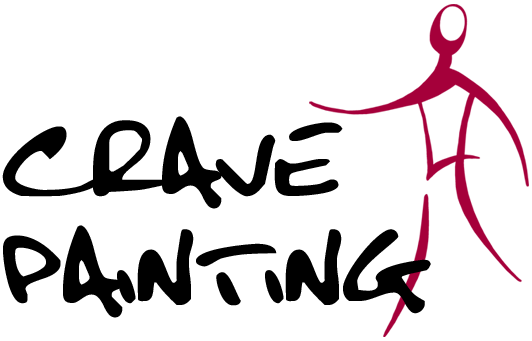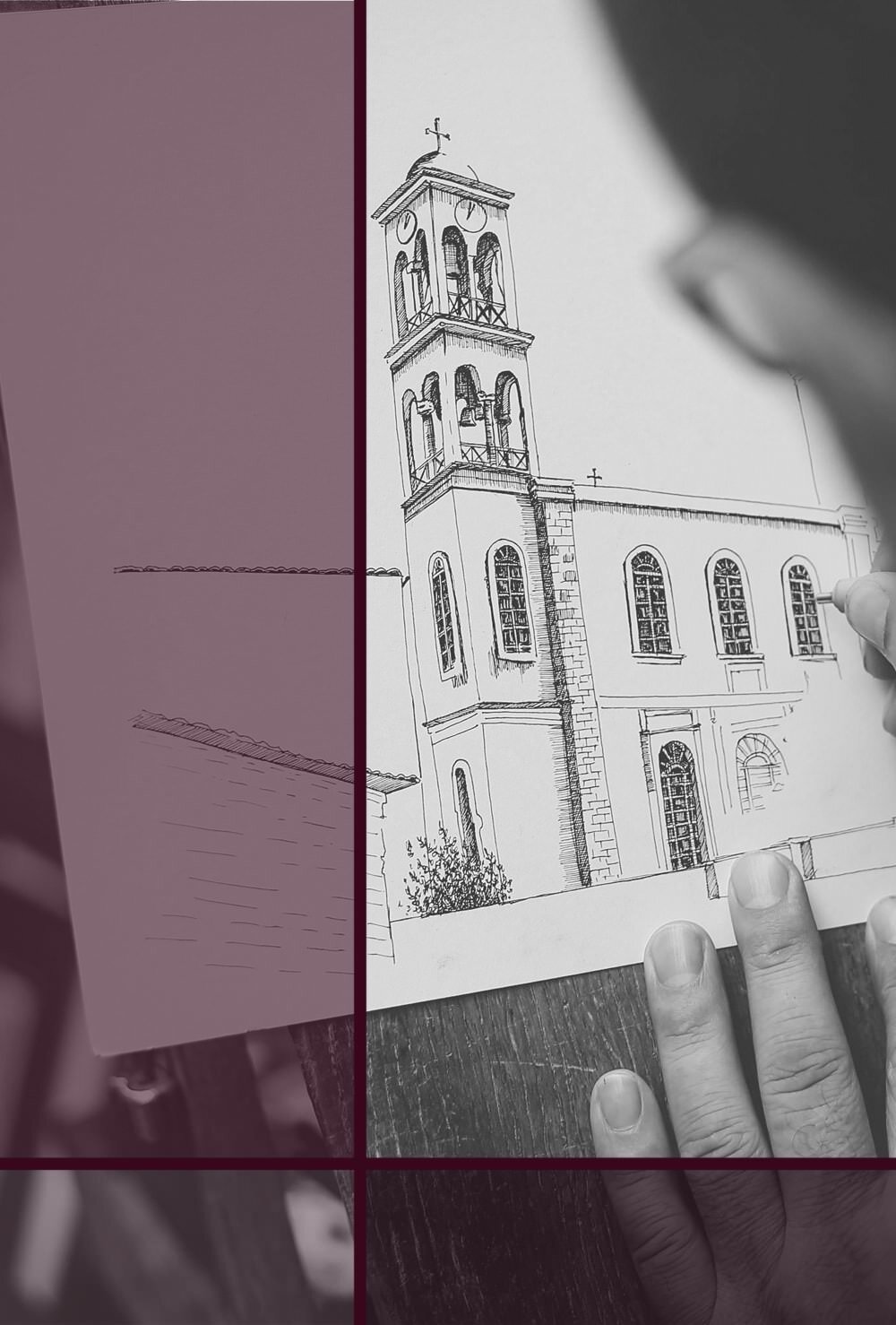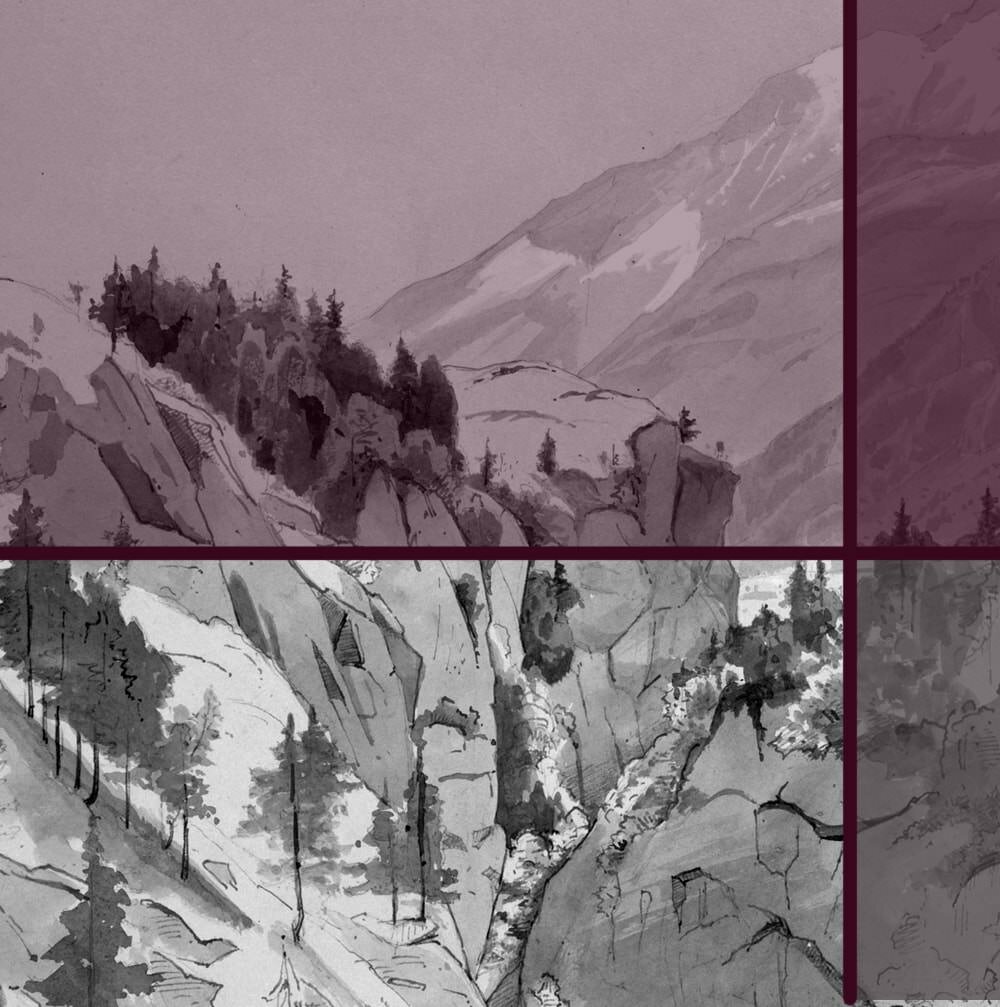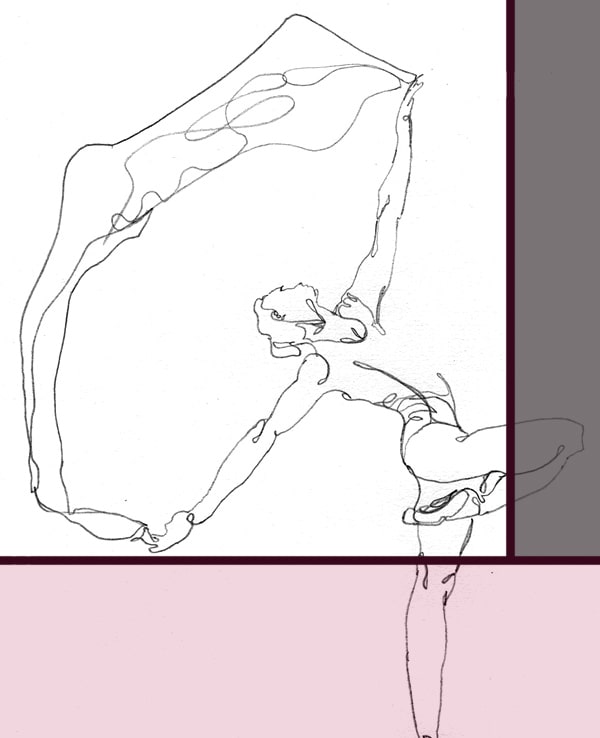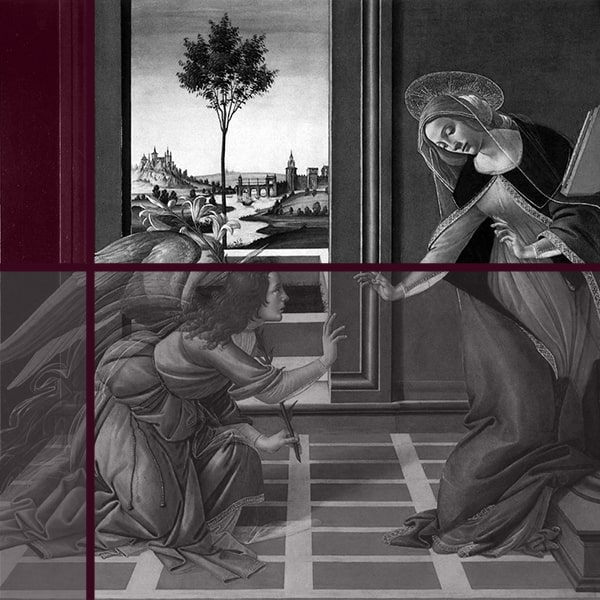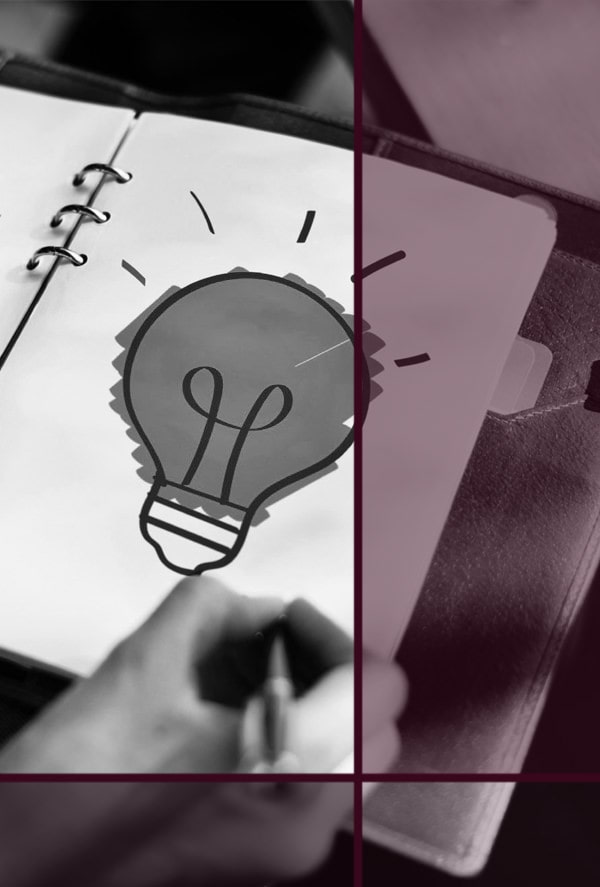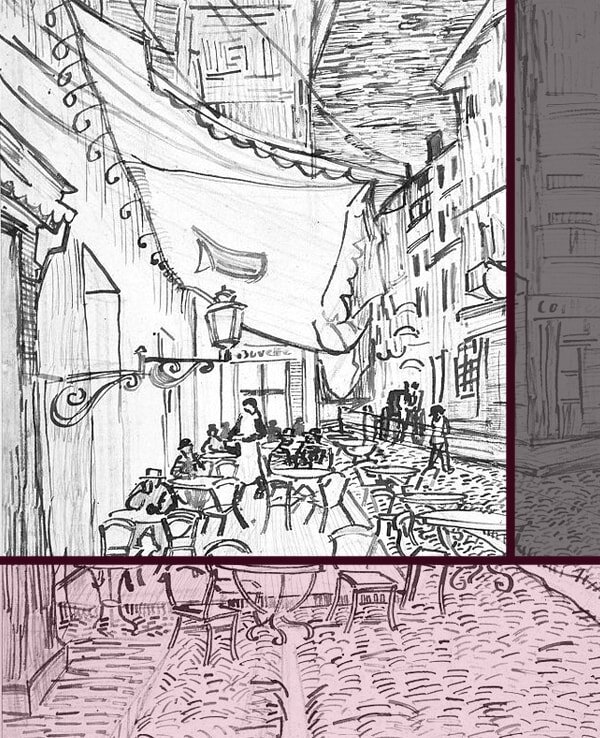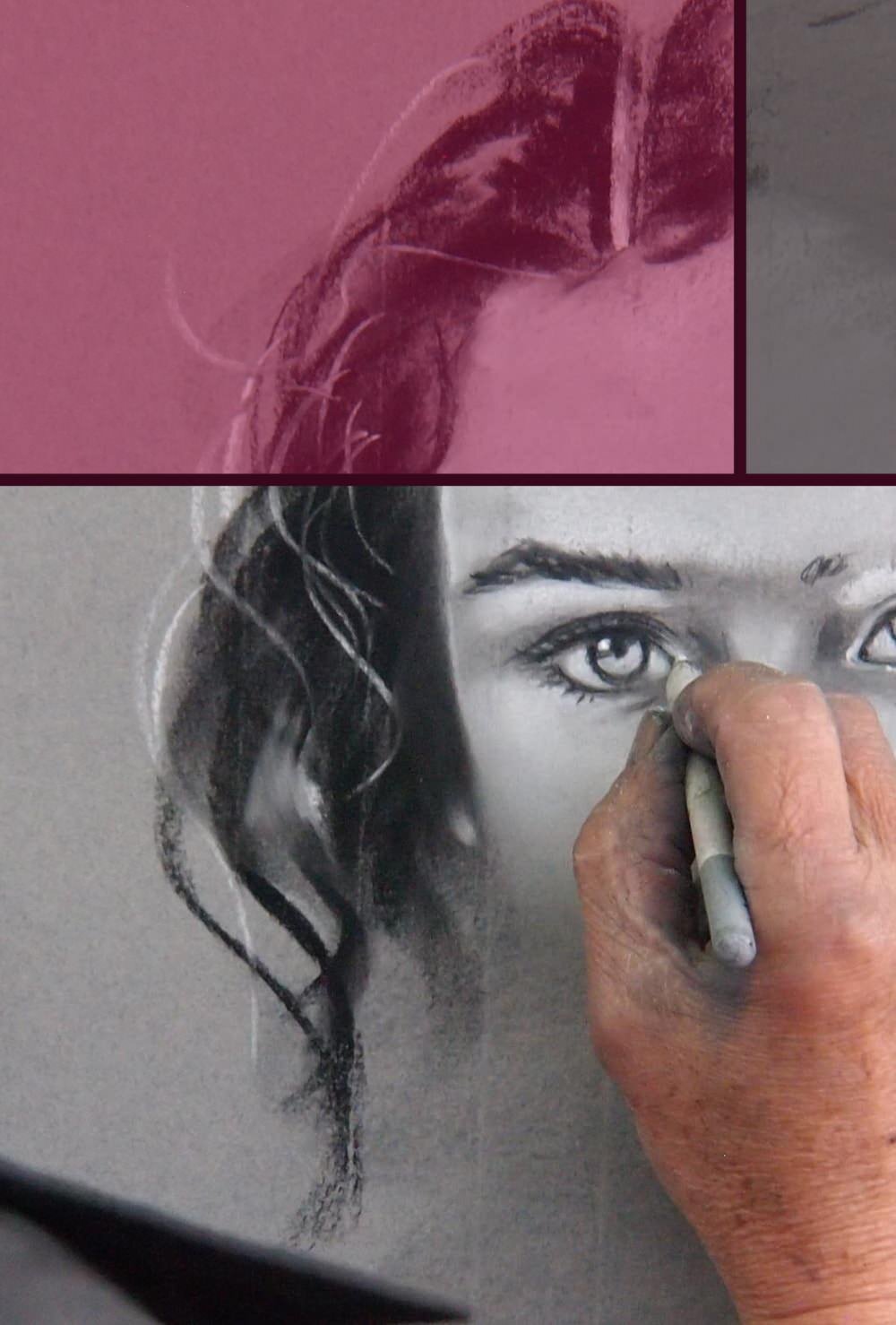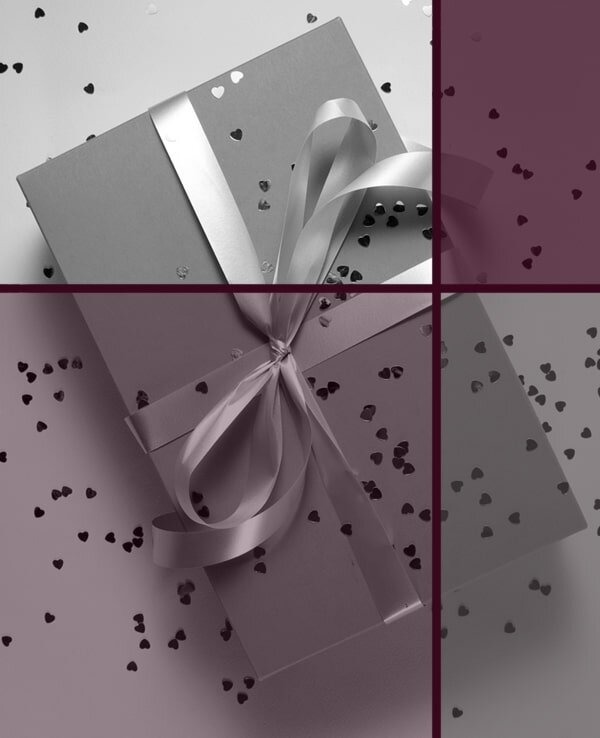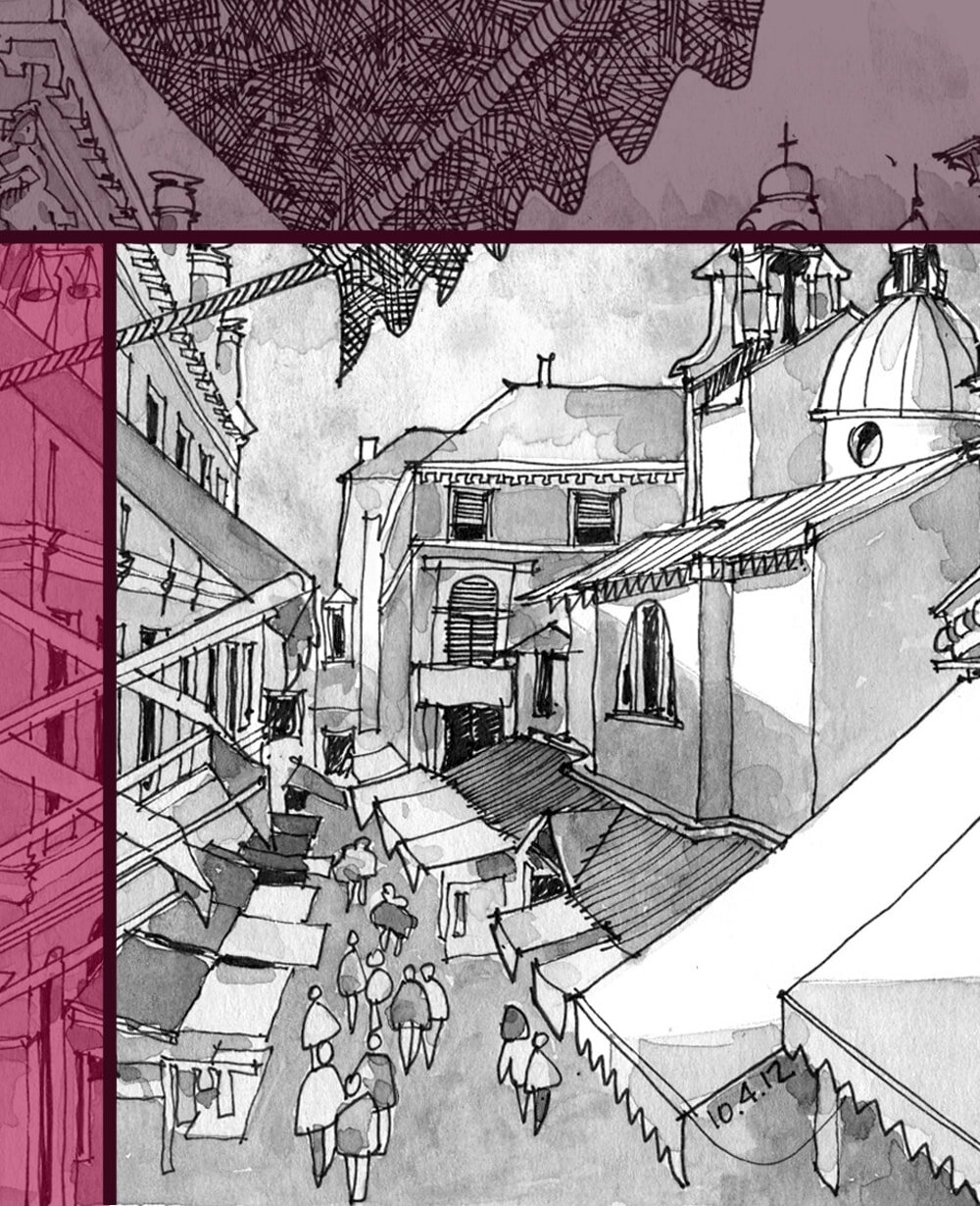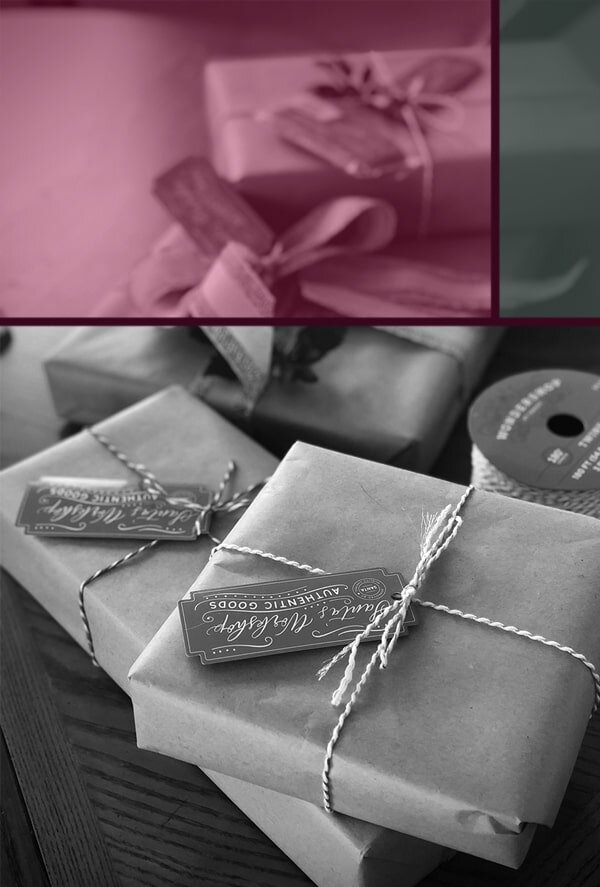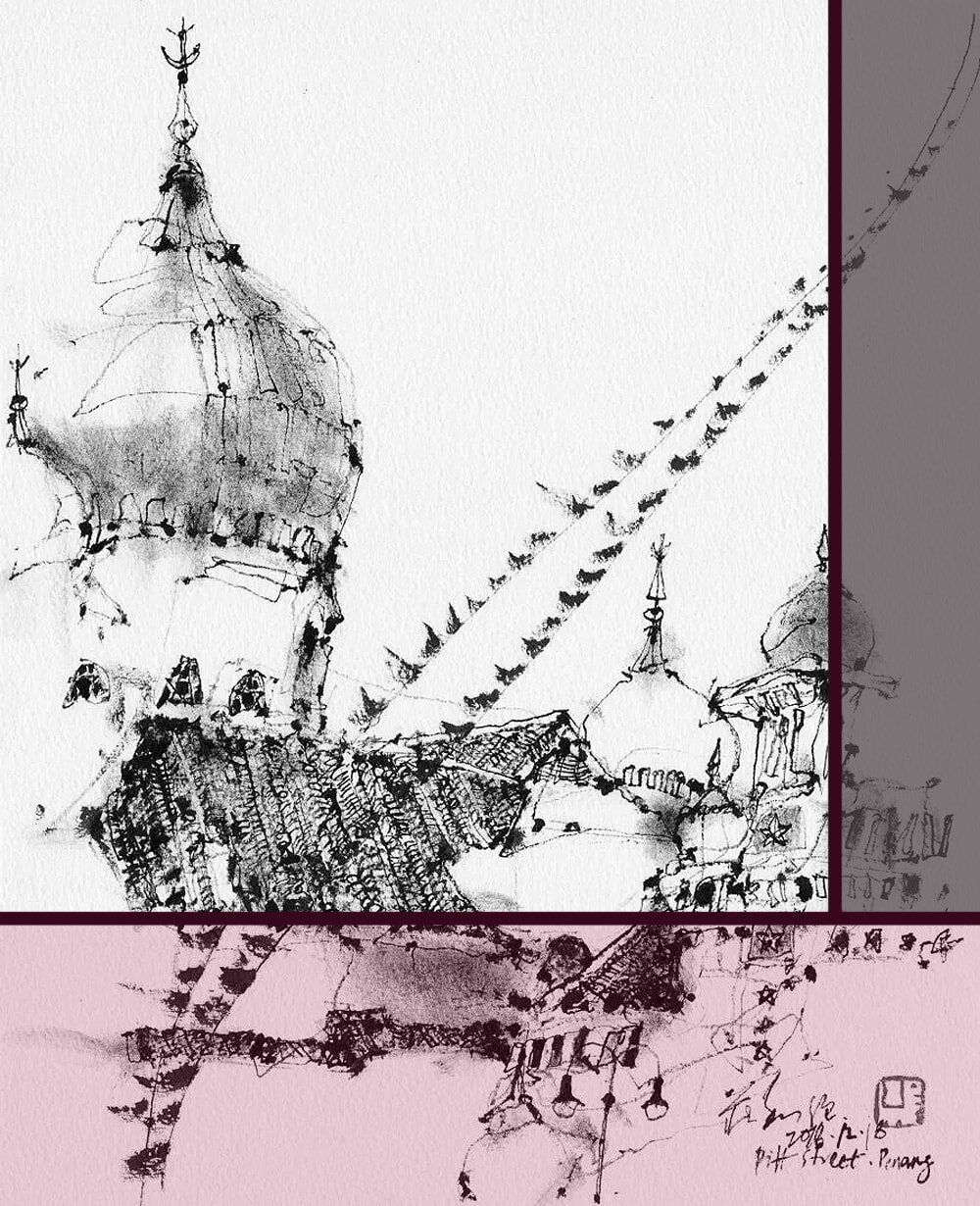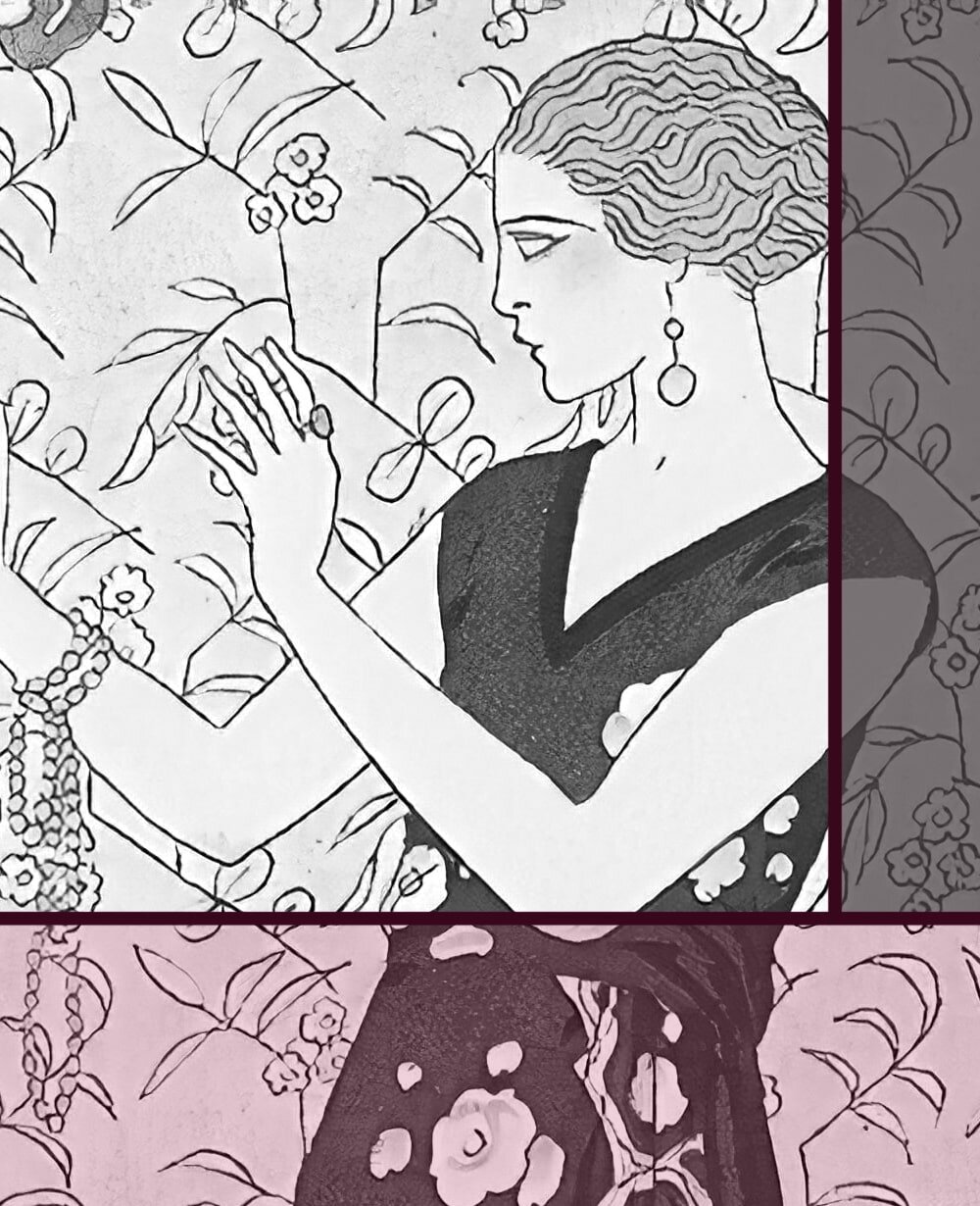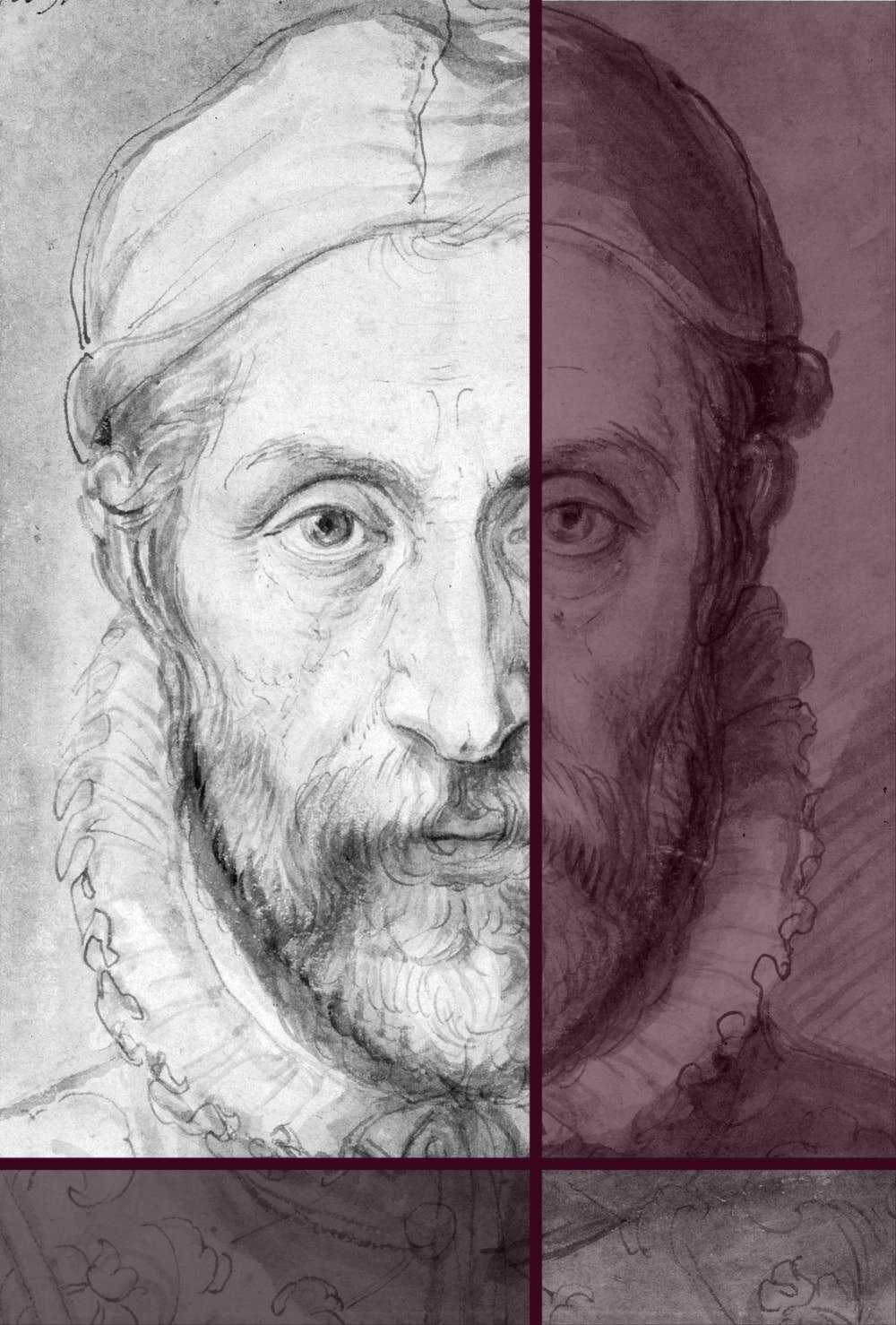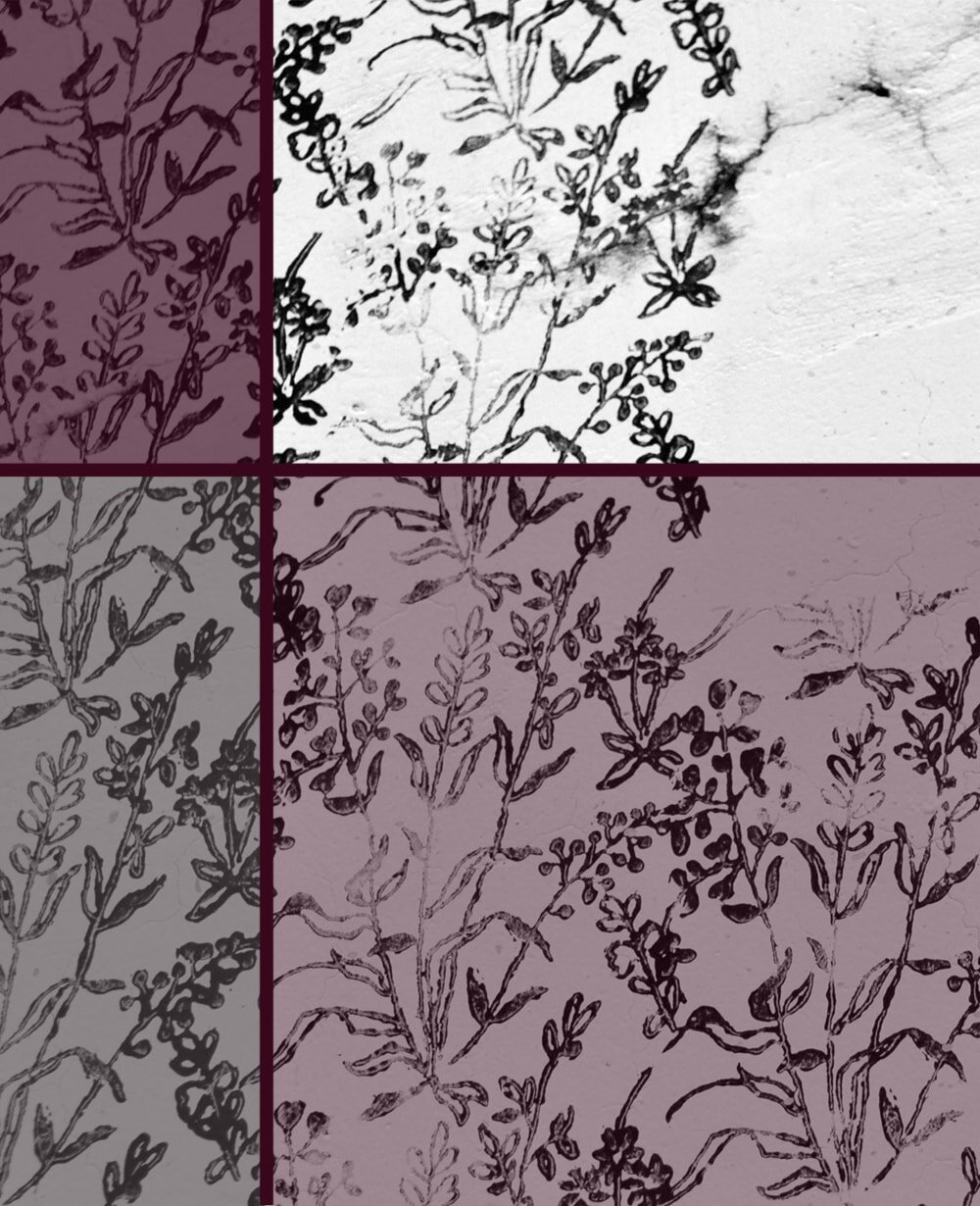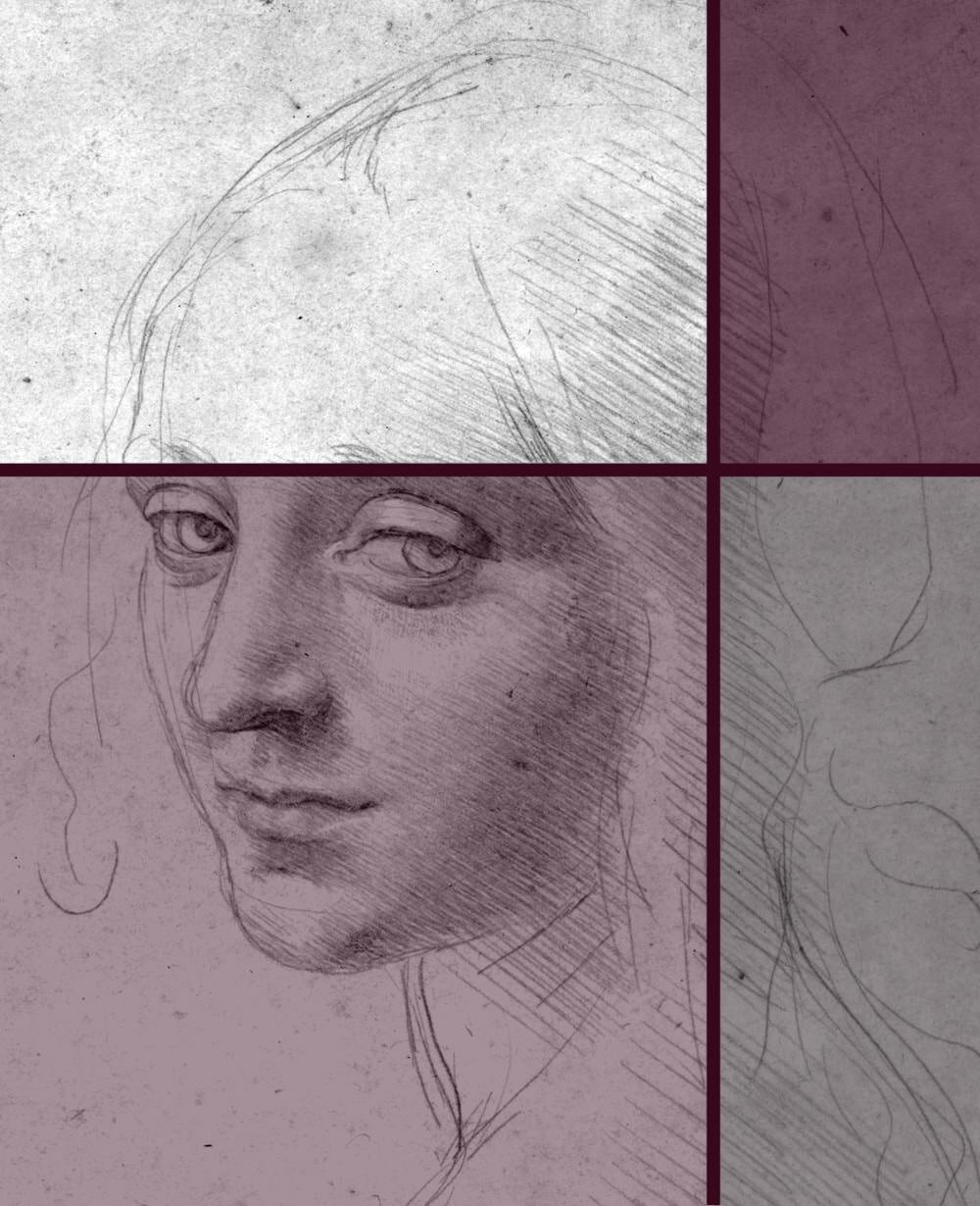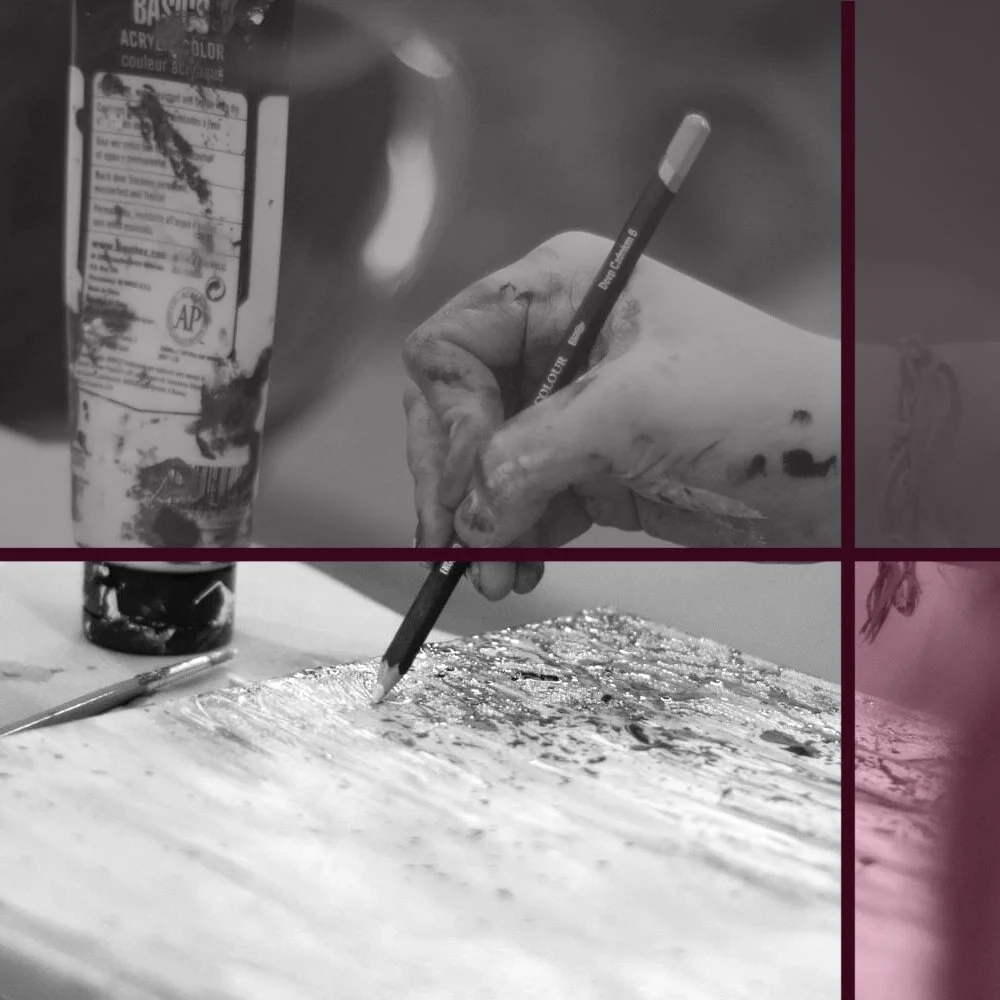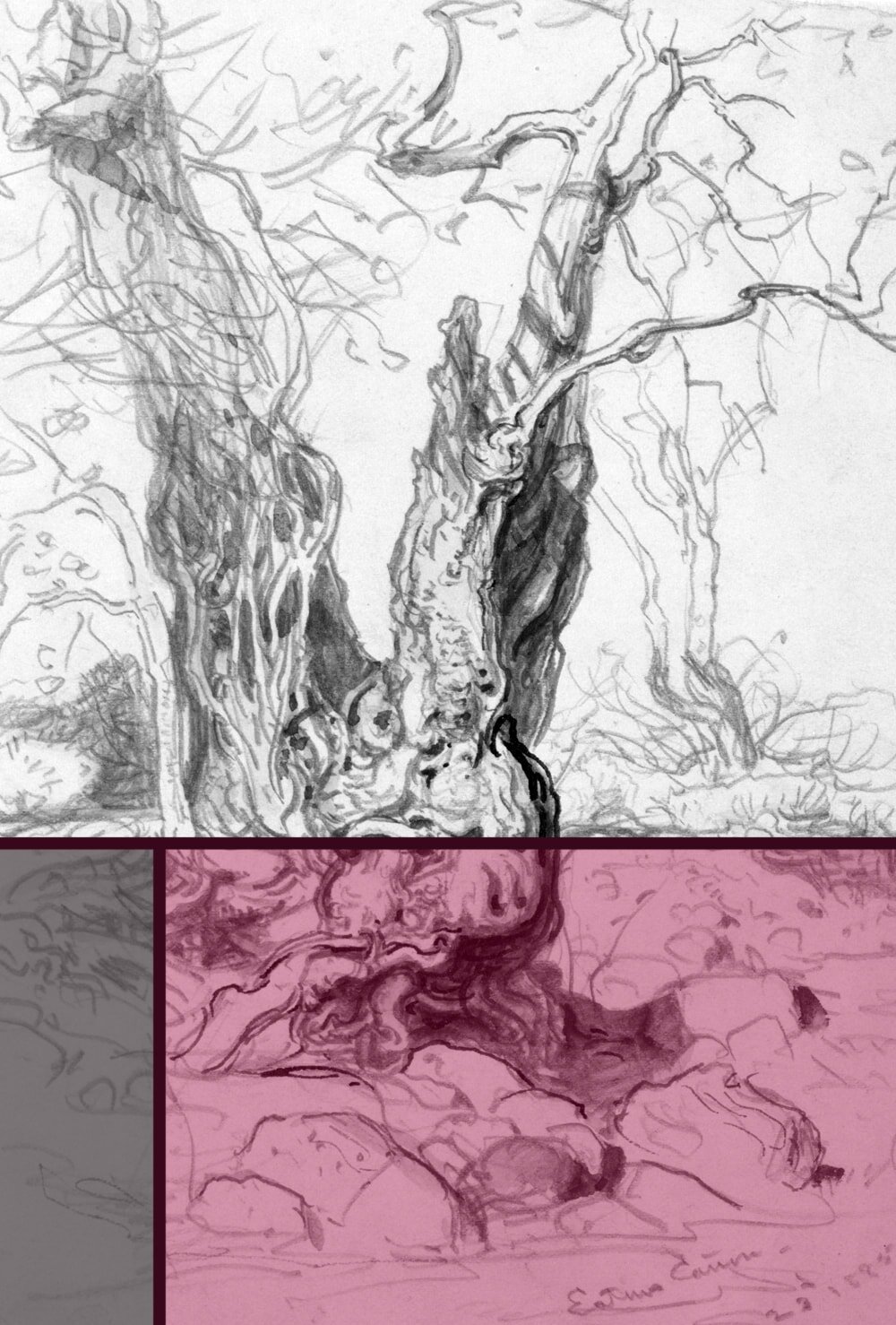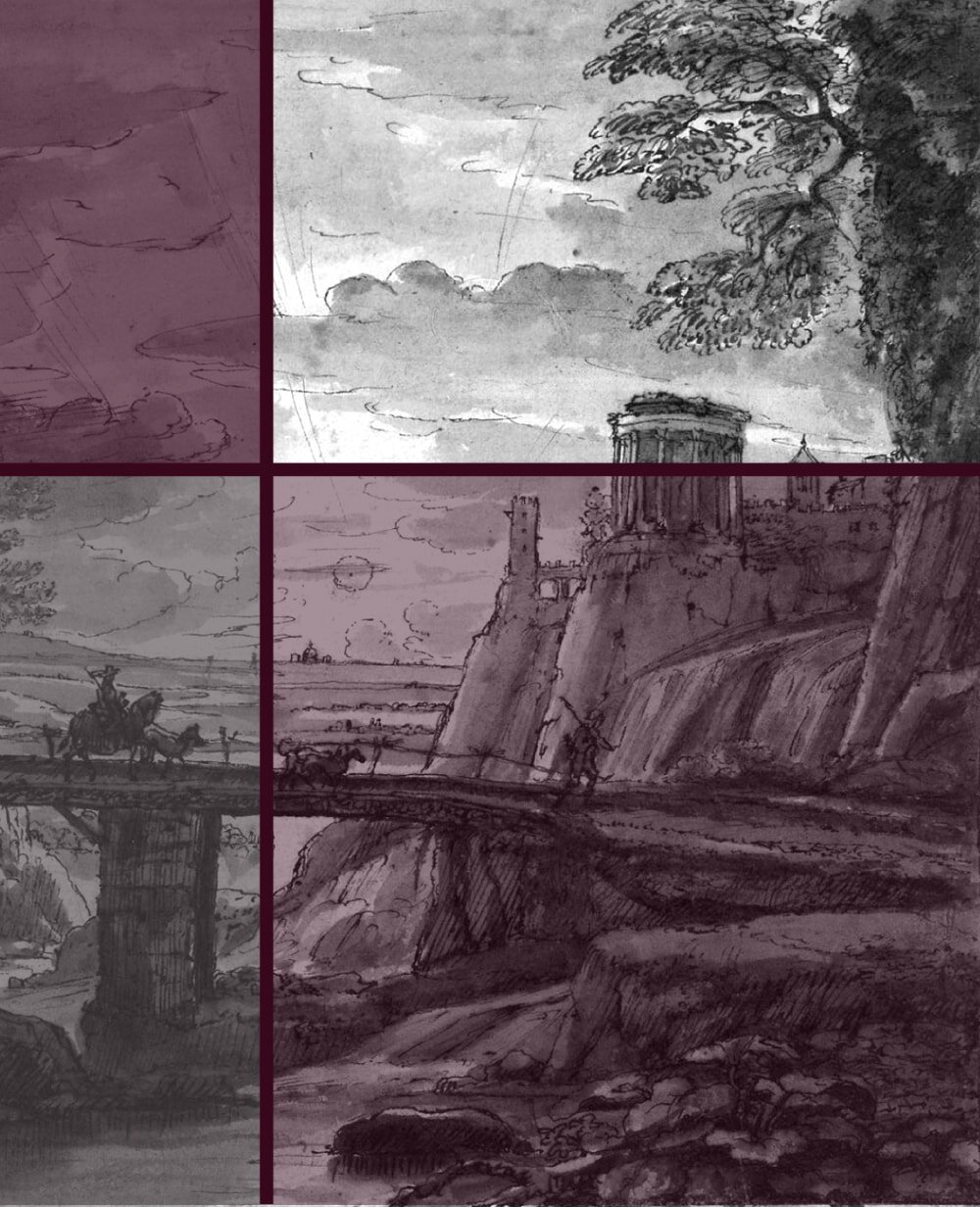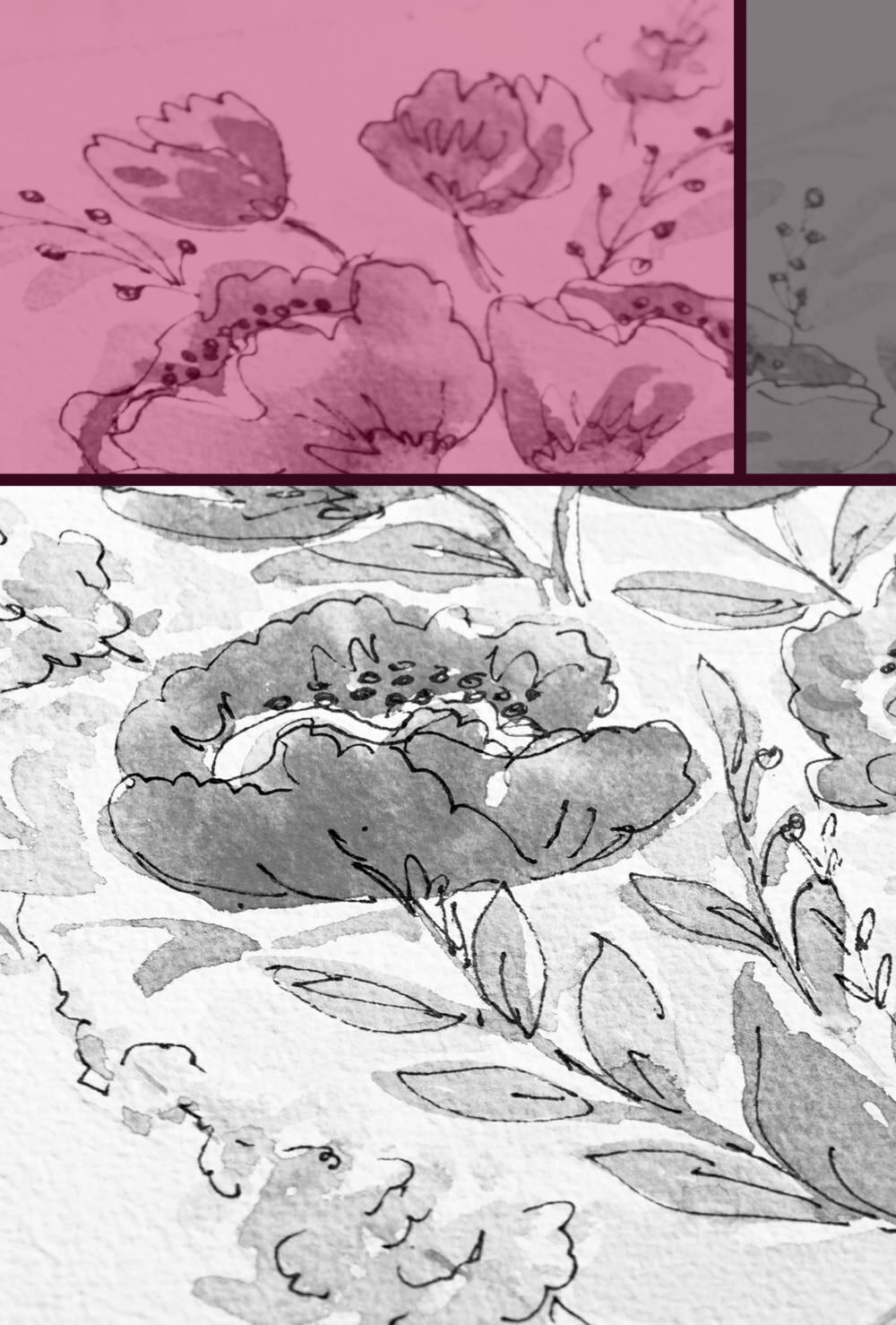7 Urban Sketching Pitfalls and How to easily Avoid them
Urban Sketching is a super popular topic in the arts, especially these days. It's simple enough to get into, but some aspects of drawing and painting in cities, towns or villages can be a bit tricky.
Good thing that we've learned a lot, since the Impressionists discovered the benefits of moving their ateliers outdoors.
Here's a little list of problems my urban sketching friends and I have faced over the years and what we did to overcome then.
1 Being afraid to sketch in public
This is probably the main reason I didn't start this hobby a lot earlier. When I thought of Urban Sketching, I pictured a group of artists sitting on their little folding chairs, drawing a main tourist attraction, surrounded by crowds of people.
But it really doesn't have to be like that. In fact, it rarely is.
If you're a little self-conscious about drawing in public (and there is absolutely nothing wrong with that) it's a good idea to avoid places where people go specifically to observe things.
Drawing at popular museums or tourist sites will turn you into another attraction, to be observed by the masses around you.
For shy urban sketching newbies I usually recommend starting out in very quiet spots with few people around, if any. Side-streets and tucked-away little chapels are a great choice.
My article 11 Spots in your City that are just Perfect for Urban Sketching will give you more ideas.
Over time, when you’ve acclimatised, you can gradually move to the busier spots, if they have some subjects you really want to draw.
Museums and galleries are some of the worst places for sketching when you’re shy.
Wearing visible headphones (the bigger the better) will block out the noise and discourage strangers from talking to you.
And for the really busy areas I find it a lot more comfortable if I go with a sketching group, rather than on my own. This way I can hide within the herd and leave the edges with more public interactions to the extrovert sketchers. There’s safety in numbers, after all.
2 Not sketching regularly
I've mentioned this many times, but let me repeat it here: Drawing is a lot like sports. Especially in terms of staying in shape.
If you only go running once every few weeks, you'll discover that each time you run you'll have lost most progress and basically need to start learning it all over again.
In order to avoid setbacks, remain in shape and improve visibly you will need to practice regularly.
Drawing is a lot like sports. If you don't practice regularly you will be out of shape each time you pick up the pencil.
As an urban sketcher the best way to get yourself to draw more often is to have your materials with you at all times. A mini pack is great for that, as explained in my post 8 handy Tips for Drawing and Painting Outside.
This way you can do a little sketch here and there whenever you have a spare few minutes.
Naturally you'll also want to learn how to sketch on days that maybe don't have ideal outdoor weather. It doesn't need sunshine to make art en plein air.
You can move into a café when it's chucking it down, but a bit of wind or cold will be no problem with a warm jacket and a few bulldog clips to secure your paper and pencils.
And in those weeks where you’re super busy or just not in the mood for any fancy sketching you can follow my 15-minutes-a-day Drawing Exercise Routine. It’ll keep you in shape until you’re ready for more again.
3 Taking too long for one sketch
Urban sketching is a way of keeping a visual diary. As such it is meant to be rough and spontaneous. It's not about quality or precision at all.
For more detail on Urban Sketching as a whole pop by my article The ultimate Guide to Urban Sketching.
Don't fall into the trap of taking your sketches too seriously. Stick to the three F’s. Keep them free, fun and fast.
That is not to say you need to rush in a way that is uncomfortable for you and produces nothing but chicken scratches. But your urban sketches should take you a lot less time than your more intricate drawings or paintings.
Especially if you're used to working slowly and precisely it's hard to suddenly switch to a very rough style and keep up the speed. Try to remind yourself every time you sketch that it doesn’t matter if this angle isn't exactly right or the colours don't stay within the lines.
One of Vincent van Gogh’s sketchbooks, showing some rough and fast sketches.
It can take a bit of practice to get used to this way of working, but it's extremely freeing and satisfying and takes a lot of pressure off. No need to be perfect.
One easy way to force you to work speedily is to always finish your work on site (unless there is a sudden downpour). Don't be tempted to take a photograph and make it all look really nice at home.
4 Drawing the wrong place at the wrong time
There are a lot of amazing sights any urban sketcher might want to immortalise in any given city, but those are also often the places that make working the most uncomfortable, especially for shy artists.
Sure, Stonehenge or the Taj Mahal are very sketchworthy by any standard, and if I lived near either of these I could not resist either. But if you like some peace and quiet while you work there are good and bad times to visit a popular spot.
No place is off-limits for urban sketchers, no matter how busy. But if you do choose a particularly popular location then go there in somewhat shitty weather and at off-hours, or you'll be super frustrated by the noise and masses of people.
Similarly, not every artist has an interest in sketching such sights to begin with. It does not make you any less of an urban sketcher if you don't care for grand castles and cathedrals.
Don’t be discouraged if you don’t care for architecture. Preferring people or objects you encounter in the city doesn’t make you any less of an urban sketcher.
Urban sketching isn't just about fancy buildings. Maybe you prefer a nice perspective street view or a seemingly inconspicuous little house that on second view is just super pretty.
Or you don't like architecture at all, which again, is perfectly fine. Urban sketching also involves drawing people, animals, plants or objects. Whatever you find in urban areas that inspires you is fair game.
5 Making strangers uncomfortable
This is a big concern for many artists, and for a good reason. Imagine walking up to a complete stranger and taking their photo, without permission. They'd probably feel super uncomfortable. And you'd have no problem understanding why. Drawing isn’t all that different, if you think about it.
Sketch by Vincent van Gogh.
Especially with rough sketches that are not meant to be super realistic representations it isn't morally wrong to draw a person if they are none the wiser. The final work won't look exactly like them after all.
Asking someone if you can sketch them will change their posture, even just subconsciously.
The only way, really, is to practice drawing people in a way that they don't notice it. Which means learning to observe without staring.
I find this works best in busy places where people don't notice what's going on around them, such as train stations or shopping centres.
My article How to quickly Sketch People without them Noticing will have more advice for you on the matter.
6 Sticking to only one medium
Remember your diary back in the days? Or if you didn't have one, have a quick google what ‘journaling’ is and how these books usually look.
In most cases you'll realise that there are a lot of different mediums used in the same diary or journal. It might involve pen, pencils, water colour, collage, pressed flowers, poetry, patterned tape, big fonts, small fonts, and so on.
This kind of openness and variety is ideal for urban sketching as well, because it's all about rough and unrestricted work.
Urban sketching is the perfect hobby to try things out, have fun and experiment with various media and techniques.
It's great to express yourself in different ways and some subjects simply ask for different approaches than others. Your urban sketching "diary" is the perfect place to have fun and experiment.
Trying out different media and techniques won’t just make your sketchbooks look way more interesting, it will also do wonders for your art and general creativity.
If you're up for some new techniques have a look at my post 8 unique Drawing Styles to try out this Week.
7 Always sketching alone
I completely understand the urge to make art by yourself. It's relaxing, productive and invigorating. In fact, it's definitely my preferred way of working overall.
However, occasionally it's equally as beneficial to work alongside other artists, due to the possibility for creative exchange.
Occasionally joining an Urban Sketching group can be invaluable for your progress and inspiration.
If you've ever been part of a group of creatives, you'll have noticed your own creativity and inspiration increasing exponentially.
There is just something about being with other artists that seems to make the artist in you more active. It doesn't have to be a big group, even meeting with one or two other urban sketchers can make all the difference.
This is especially great when you're a beginner and feeling a bit stuck, as there are often experienced artists in the group that are happy to help.
Even a small group of other artists can give you the creative exchange and inspiration you need to take your art to the next level.
Everyone might do their own thing, draw their own sketches, but there will still be a lot of sharing or tips and tricks, talking about one's favourite artsy subjects and just general companionship. And that is just so beautiful.
Visit my article How to Meet other Artists when you feel like Company for some great ideas on how to make new artist friends.
For more tips and tricks have a look at my other Urban Sketching articles.
Did you enjoy this article or feel like you have anything else to add? Feel free to leave me a comment below!
If you like this post, please share it, so others may like it too!
